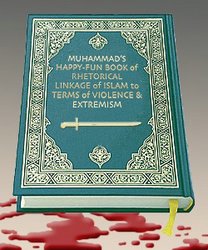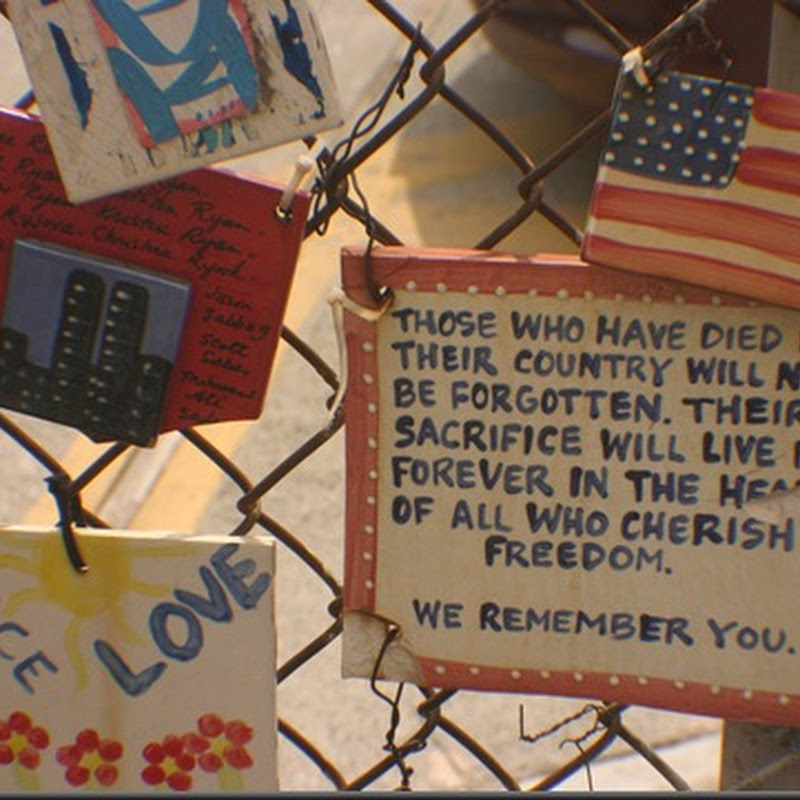


Jyllands-Posten apologized on Monday for offending Muslims by publishing the cartoons, one of which showed Mohammad wearing a turban shaped like a bomb.COPENHAGEN (Reuters) - Workers at the Danish newspaper Jyllands-Posten returned to their offices after evacuating on Tuesday afternoon following a bomb threat, an employee said.
"We are back in the office," Jyllands-Posten's Internet news director Niels Christian Bastholm said.
Workers at the newspaper's headquarters in Denmark's second city Arhus and also its Copenhagen office were evacuated, but both offices were given the all clear.
Guess free speech is something alien to the islamic world.
Some bits from Iraq:
ISF, CF recover weapons cache













































































































































































































